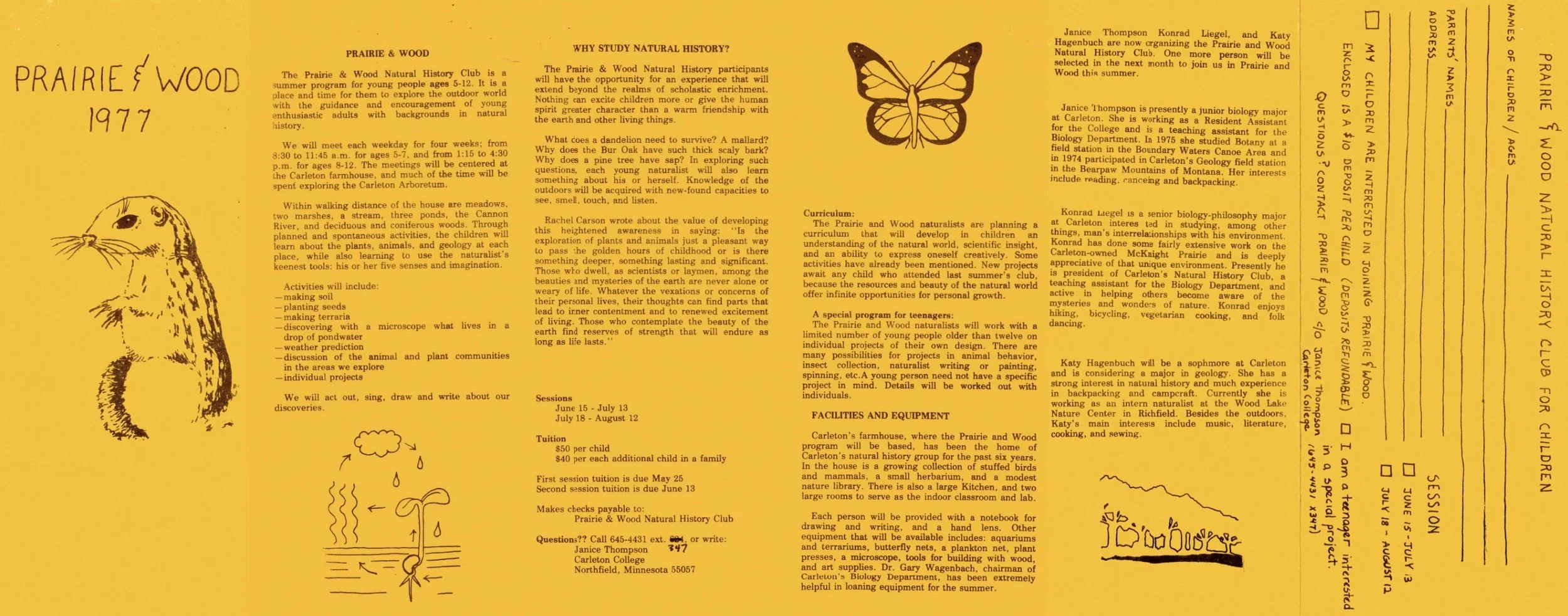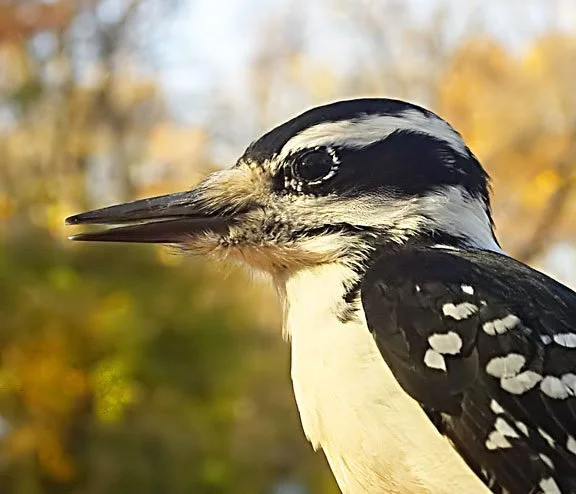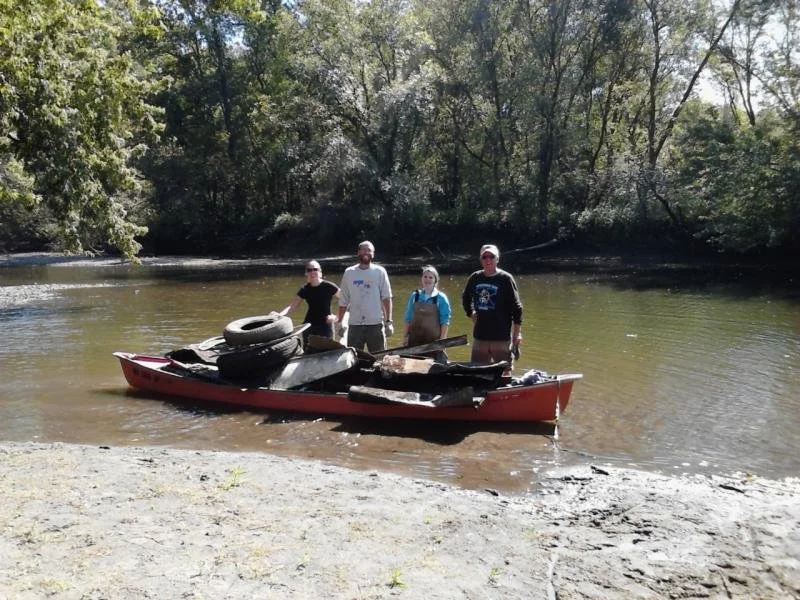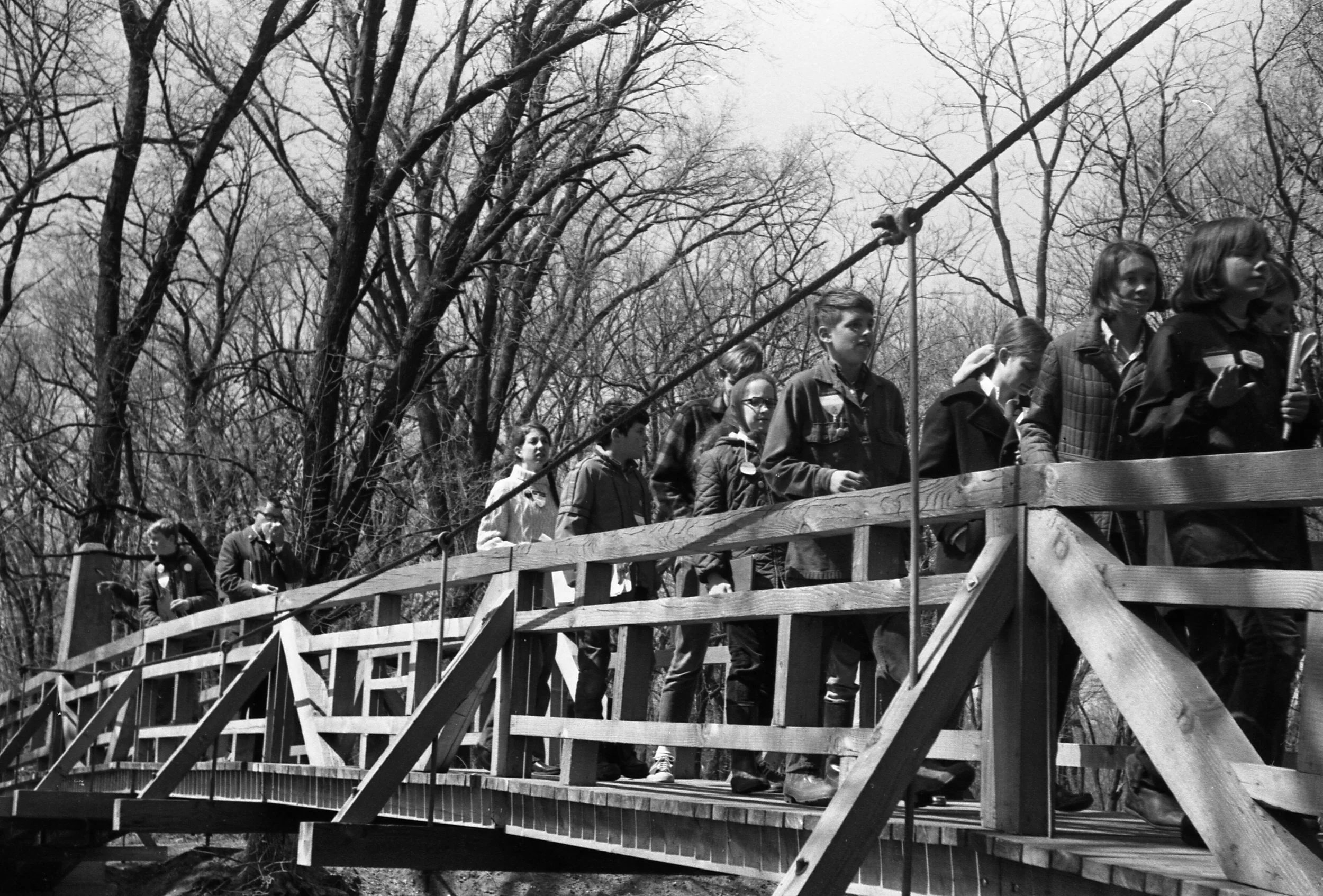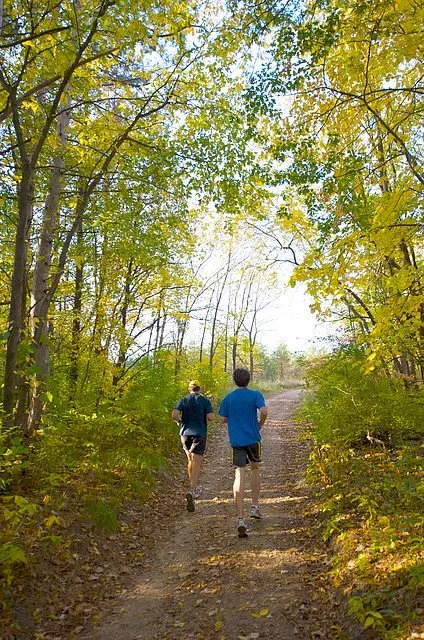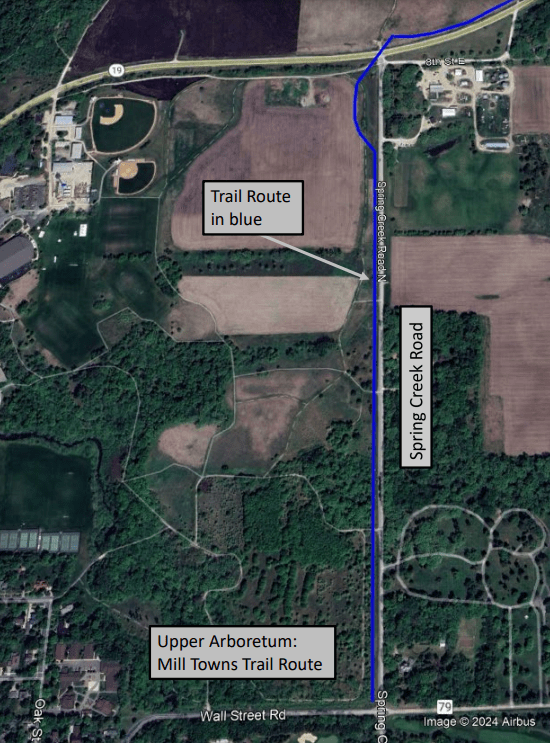
A Digital Exhibit Considering Community Connections for the Arb Centennial
Northfield and The Arboretum
“[the Arb is a] really great resource for the whole town [and a] great way for the community to interact with Carleton. It’s a great gift to the community.”
For the past one hundred years, Carleton College’s Arboretum has served the Carleton and Northfield communities alike as a place to spend time outside and enjoy nature. The 800 acre area contains many habitats from prairie to wetland and is home to hundreds of plant and animal species. Community members utilize this natural resource for recreation, education, and so much more. Read on to learn more about these uses, the community’s involvement, and how they fit into this one of a kind natural space’s storied history.
“The time is ripe for the establishment of an arboretum in the Northwest. This section of the country is reaching the age in which the people exercise more and more the leisurely arts. There is a growing interest in beautifying home grounds, public places and streets of town and city.”
Community Involvement
1977 Prairie and Wood Pamphlet
Insert quotation about how awesome the camp is
Clean River Partners Watershed Cleanup
For over fifteen years, Clean River Partners has brought together communities across the watershed to clean up litter and keep the river and its surrounding areas clean at their annual event. In Northfield, volunteers meet in the Lower Arb to search the riverbanks for non-natural items that pose a threat to the health of the ecosystem. This portion of the event is run by Carleton and involves many volunteers from the local community. Some volunteers even bring their own watercraft to assist in the cleanup. This annual event connects the community to the river and inspires a sense of responsibility towards the environment to care for it and keep it clean.
Inaugural Earth Day, 1970
In 1970, Wisconsin senator, Gaylord Nelson created Earth Day to draw national attention to environmental issues. To celebrate, Carleton hosted a week of environmentally focused activities, including partnering with the community to bring kids from Northfield into the Arb for a day of environmental education.
Prairie and Wood Summer Camp
Prairie and Wood was started inadvertently by Carleton students, Bruce Ambel and Craig Sargent, who brought professor’s children along with them when studying birds in the Arb in 1975. Their expeditions quickly turned into a summer long, outdoor day camp for kids from five to twelve years old. Carleton students serve as counselors and ran the camp out of the Carleton Farm house until its removal in 2024. They strive to teach kids an appreciation for the natural world through activities such as exploring ecosystems, conducting experiments, and creating art. The Northfield YMCA began collaborating on the program in 2009 and it still runs today. The Y provides training for the counselors and the lead counselor coordinates with the Arb director every week to plan activities.
Audubon Society Christmas Bird Count
Beginning in the early 1900s, North American communities began censusing local bird species for conservation purposes, with the trasition quickly spreading across the entire globe. Every year in December and January, locals set out to count every bird species they observe in a roughly 15 square mile radius between Northfield and Faribault—reporting their findings to the National Audubon Society in order for scientists to track population decline rates in vulnerable bird species. In 2020, the Northfield bird count totaled 14 different bird species in the area, including 1,570 Canada Geese on Lyman Lakes!
Friends of the Arb
Friends of the Arb was a group of Arb enthusiasts started by students in the Carleton Organization of Biodiversity and introduced into the Northfield and surrounding communities. The group provided a space for those who loved the Arb to share their love and experiences with others. They planned activities such as nature observation, picnics, fitness, volunteer work, a newsletter, and restoration fundraising. This pamphlet outlined the group’s mission and invited community members to join the group.
The Carleton Organization for Biodiversity also put together the Arboretum Discovery Series—a series of talks, activities, and discussions for the Northfield community about different aspects of the Arb, from controlled burns to biodiversity. This series was held at various locations around Northfield and served as a bridge between the Carleton and Northfield communities, bringing the two together through a shared love for and interest in the Arb. The series ended with a volunteer event where community members helped to clear and controlled burn for a Arb prairie restoration project. While there is no year indicated on the Friends of the Arb pamphlet, the Arboretum Discovery Series, happened in the early 1990s which could help date the group.
Recreational Use
“Recreational use represents another important bridge between the College and the Northfield community. It is likely that the main way that many local people
interact with the College is through recreational use of the Arb. ”
Cross Country Skiing
Skiing became popular in the arb in the 1970s at the start of restoration. Trails in the Upper Arb are groomed for classic and skate skiing while not all Lower Arb trails are wide enough for skate skiing. In the ‘90s, conflict surrounding skiing in the Arb arose. David Sipfle, a Carleton professor and former cross country ski coach, wrote a series of emails to Carleton staff in charge of the Arb with concern about the state of the existing ski trails. He stressed the importance of these trails to Carleton and Northfield community members alike as an important aspect of their interaction with the Arb. Both the Carleton and Northfield High school XC ski teams, as well as Birkebeiner competitors, use the trails for practice and other community members use them for recreational use. David worried that the use of the trails by hikers and bikers was heavily interfering with the state of the trails. While there had been signage put up in the 80’s directing foot and bike traffic in order to preserve the ski trails, by the ‘90s this signage had disappeared. David recognized the necessity of multiple-use trails and encouraged the college to reinstate this signage so everyone could enjoy the Arb trails. He was also concerned about trail grooming and the types of ski tracks that were set and wanted trails to be expanded to allow for all different types and levels of XC skiing. He argued that decisions about the Arb ski trails had been made without consulting actual skiers and encouraged the college to work with them to reach a solution.
Part of David’s concern was his relation to the Ann Sipfle Memorial Ski Trails in the Lower Arb. Ann was a Northfield resident who was tragically killed by a drunk driver as a college sophomore in 1977. These Arb trails were established from funds donated in her memory and seeing that they were deteriorating and that the college was not prioritizing maintaining them, he felt the need to step in to preserve Ann’s legacy. Carleton XC ski coach, Douglas Liphart, had previously brought up similar concerns in the early ‘90s, albeit mostly rooted in his concern for the Carleton ski team specifically. His meetings with the college and those in charge of the Arb resulted in a plan to widen trails and make certain trails only available to skiers—plans that in light of David’s complaints may not have fully come to fruition, or at least did not have enough of an effect.
Walking and Running
When Harvey Stork established the Nature Trail in 1930, he created 3.5 miles of trails throughout the Arb for visitors to explore. Today, that number has grown to over 14 miles of trails throughout the Lower and Upper Arb. These trails have been ranked by Runner’s World magazine as the top place to run in Minnesota and one of the top ten in the country. As the landscape of the Arb has changed over its 100 year history, these trails and from them have changed with the prairie and forest restorations providing different views from the trails. Because of the Arb’s expansive trail system, walking and running are a favorite way for people to enjoy exploring the Arb, whether it be for casual recreation, school sports practice, or general exercise.
photo by Mary Ellen Framephoto BY Hannah Marty (Carleton '17)photo by steve brakerNorthfield Schools’ PE and Sports
“In preparing the comments on points of interest along the trailside, we try to avoid an air of finality. The information given is designed to serve as a basis for further observation. Questions are used wherever possible. Giving information is a means, not an end. The trail guide’s objective should be to initiate those who follow it into an intelligent observation, understanding, and appreciation of the realm of nature.”
“[the ski trails] are not only a necessary athletic facility for the varsity teams and a recreational opportunity for the Carleton community; they are a real public relations asset for the college. And the skiing is great!”
Biking
The Cannon River
The Cannon River flows through the Arb and provides many recreational opportunities for its visitors, both out on the water and on its banks. Fishing is one favorite use of the river—with hundreds flocking to its banks to catch fish for food or for fun. The Cannon’s cold and nutrient-rich water support a productive fish habitat. A 2010 survey of the Cannon River downstream from the Arb revealed 7 species of fish that make it their habitat, including pike, bass, and catfish. Sunfish and bass are abundant in most Arb waters, including small ponds. Sunfish are generally the easiest to catch while bass take a bit more experience and patience. One of the most popular fishing spots in the Arb lies just within the entrance to the Lower Arb, on the sandy banks of Spring Creek as it meets the Cannon. The uniqueness of the location makes it a highly sought after destination for Northfield residents. Many families bring their kids and a cooler for a day of relaxation out on the makeshift beach.
Some brave souls also like to swim in the Cannon. While the water quality has drastically improved since industrialization, it is recommended to rinse off afterwards and wear shoes to avoid glass and mussel shells. The Lower Arb beach is a popular access point while a rope swing of unknown origin a couple feet down the path provides a more risky entrance into the water. Others enjoy exploring the Arb out on the water in other ways, such as kayaking and tubing.
Biking has been a popular way to explore the Arb since its inception. As the plan for the Arb has changed over time, so have the rules regarding bike use. While bikes had previously been allowed anywhere in both the Upper and Lower Arbs, in 1995, Mark McKone relegated bikes to specific trails in the Upper Arb for concern for fast bikers putting other Arb users in danger as the college began their major development plan for the area.
In 1994, a group of citizens from Northfield and surrounding towns proposed the idea of the Cannon River Link Trail. They reached out to Carleton to ask for permission to build part of their ten foot wide asphalt bike trail across the Arb in order to stretch it from Faribault to Cannon Falls and connect existing trails to Red Wing and Mankato. They also reached out to their fellow community members for donations—promising result that would provide environmentally and physically safe recreation, increased tourism, and a variety of physically engaging activities. The college agreed to the group’s request provided they would not be responsible for contributing funds for building or maintenance.
The Nature Trail and Stork Tours
Arb founder and Carleton Botany professor, Harvey Stork, started the Carleton Nature Trail in 1930 as a way for Northfield resident to explore and learn about the Arb. He would create a weekly bulletin detailing different features of interest that he noticed in the Arb, with about 75 numbered wooden stakes placed in the ground corresponding to each feature. He, along with the help of some Carleton students, would print around 300-400 copies of their 5-6 page bulletin and leave them in a box labelled “Nature Trail Bulletin, Take One” at the trailhead for people to go on self-guided tours. Stork disliked the way that people often interacted with nature trails—lacking true curiosity and simply wanting to learn names they would soon forget. Instead, he wanted his bulletin to be the beginning of people’s interaction with the Arb and allowed room for them to follow their interests and explore further.
When Stork retired in 1955, the Carleton Student Naturalists took over and continued his tradition through the mid 1950s and early 1960s. Carleton has ten scans available for view of various Nature Trails throughout the years in their Cowling Arboretum Digital Collection.
Looking Towards the Future
Mill Towns State Bike Trail
The Mill Towns State Bike Trail is a multi-segment paved trail spanning Faribault, Dundas, Northfield, Waterford, Randolph, and Cannon Falls. The trail is designed for biking, running, walking, and nature appreciation and will link multiple cities, serving as a vital connection between existing long-distance trails. Named for the milling towns that used to line the Cannon River, the trail provides insight into Minnesota’s milling heritage with many historic sites lying along its path. Currently, the trail lies in three separate segments of six miles in total length. The proposed plan aims to connect these segments and would include part of the trail being built from Riverside Park to Waterford Bridge—running through the Arb. The proposed path is planned to minimize disruption and maximize accessibility and will hug existing roads and feature a tunnel underneath Highway 19 to cross from the Upper Arb to Lower Arb.
The expansion of this trail will greatly benefit both the Carleton and Northfield communities. For Carleton, it offers better access to the Lower Arb for educational projects and safe passage across Highway 19. For Northfield, loop trails will enhance recreation and physical activity while the trail as a whole provides access to public spaces, historic mill sites, and the cultural and natural features along the route—promoting tourism and economic development within Northfield and its surrounding areas. In addition to these benefits, the Mill Towns State Bike Trail will hopefully serve as another connection between Northfield and the Arb, bringing residents into the Arb in a new and exciting way and returning bikes to a portion of the Lower Arb—a long-missed recreational opportunity.

